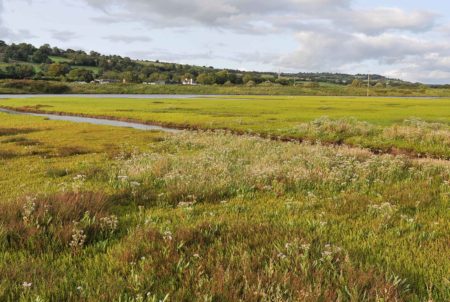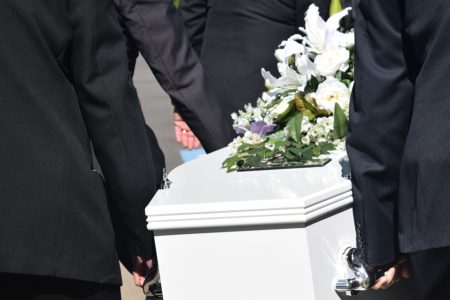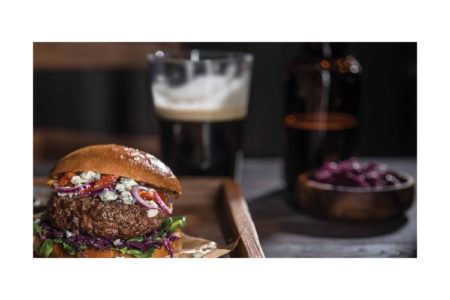3 June 2025
By Roger Kennedy
roger@TheCork.ie
Unique Cultural Traditions That Shape Irish Identity
Ireland’s culture is a rich mix of old rituals and modern customs. From the Croagh Patrick pilgrimage to the sound of the Celtic harp, traditions reveal Ireland’s spiritual, artistic, and national identity. All this symbology is alive in many virtual games available on platforms such as Vave Casino Ireland. But what many people must not know is that these practices, both serious and joyful, uncover myths, resilience, and pride. Exploring a few highlights helps us understand Ireland’s deep, united spirit.
Croagh Patrick: A Sacred Pilgrimage in the West
Rising over County Mayo, Croagh Patrick is more than a mountain—it’s a spiritual symbol. Known as “The Reek,” it has seen worship for over 5,000 years. Long before Christianity, pagans held rituals and solstice festivals there. Its meaning grew when Saint Patrick fasted atop it for forty days in 441 AD.
Today, thousands climb it on “Reek Sunday,” the last Sunday in July. Some walk barefoot for healing, family, or faith. Despite crowds, the hike remains a quiet, sacred act. It blends physical effort with spiritual reflection—an Irish tradition seen throughout history.
The Celtic Harp: Music as National Symbol
The Celtic harp, or cláirseach, is more than an instrument—it’s Ireland’s national emblem. Seen on coins, official documents, and Guinness labels, it stands for sovereignty, resilience, and art. In medieval times, harpists were honored and preserved stories through music.
Unlike flat European harps, the Irish harp stands upright with a haunting sound. Its wire strings required unique skill. By the 1600s, war and repression nearly erased it. But the 18th–19th century Celtic Revival saved the tradition.
Today, the harp symbolizes Irish pride. Groups like the Irish Harp Centre and events like An Chúirt Chruitireachta keep the legacy alive, linking old and new.
Handfasting: The Knot that Binds
Handfasting, from Celtic paganism, is quietly returning in Irish weddings. Once a temporary marriage vow, it ties couples’ hands with cords as a symbol of unity. The phrase “tying the knot” likely comes from this.
Though lost during Christianization, handfasting is back as a romantic, cultural gesture. Today’s ceremonies often mix Celtic, Christian, and secular themes. Its revival mirrors a wider trend—reclaiming Ireland’s pre-Christian roots.
The Wake: Mourning and Celebration
Ireland’s take on death blends sorrow and joy through the wake. Traditionally held at home, it mixes grief with storytelling, music, food, and laughter.
The community gathers to support the family and remember the departed. This shared remembrance becomes a ritual of healing. Though funerals are now more formal, wakes remain strong in rural areas. They reflect Ireland’s belief in facing life and death together—with warmth and humor.
Imbolc and Seasonal Festivals
Ireland’s year is marked by old seasonal festivals. Imbolc, on February 1st, welcomes spring and honors Brigid, goddess and saint of fertility, healing, and poetry. Traditions include lighting fires, making Brigid’s crosses, and blessing farms.
Though now tied to Saint Brigid’s Day, Imbolc’s pagan roots are being rediscovered. Modern druids and spiritualists see it as a link to ancient Ireland. Today’s events often feature poetry, crafts, and acts of renewal—showing old traditions still thrive.
Irish Traditions
Irish traditions are more than folklore or tourism—they are living symbols of identity. From Croagh Patrick’s pilgrimage to the harp’s echo, each custom connects people to land, history, and each other. As Ireland evolves, it adapts its traditions, keeping its cultural heartbeat alive and strong for the future.




